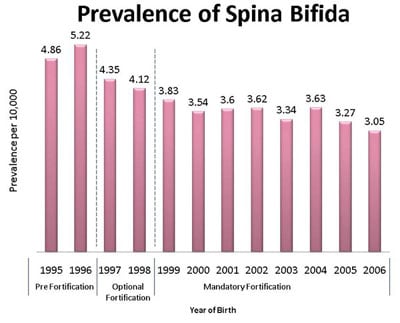A country's infant mortality rate is a powerful indicator, the death of an infant has a bigger impact on the overall population's life expectancy than does a death from disease later on in life. The lowest infant mortality rates in 2012 can be found in Monaco, Japan, Bermuda, Singapore and Sweden. In Monaco the country averages just 1.80 deaths per 1000 live births, 2.04 male deaths and 1.55 female deaths per 1000 live births. The U.S. does not make the top 50, the country averages 6 deaths per 1000 live births, 6.6 male deaths and 5.3 female deaths per 1000 live births. The European Union averages 4.49 deaths per 1000 live births.
According to 2012 estimates the life expectancy for someone born in the U.S. according to the CIA World Factbook is 78.49 years. This number summarizes the mortality at all ages and the overall quality of life in a country. These numbers reflect the ROI in human capital and are used by actuaries. The U.S. comes in at number 51 and Monaco which not only has the lowest infant mortality rate also has the highest life expectancy rate with a life expectancy of 89.68 years. The average man in Monaco can expect to live 85.74 years and a woman can expect to live 93.77 years. The average man in the U.S. can expect to live 76.05 years and the average woman can expect to live 81.05 years. For some women marrying a younger man may not be such a bad idea after all. The European Union in 2010 averaged an overall life expectancy of 79.76 years.
Although the U.S does not make it to the top 10 of any list mentioned above the country spends an enormous amount of money in health expenditures. In 2009 the U.S. spent more than 16.20% of the nations total GDP on health expenditures. Monaco only spends about 4.3% of the countries GDP on health expenditures according to a World Bank report published in 2012. According to the World Bank the U.S. GDP was worth $15094.00 billion in 2011 about 24.35% of the world economy. While it is true that the U.S. population dwarfs that of Monaco the U.S. underperforms compared to other countries with a population greater than 10 million. There are other factors to consider. In the U.S. the number one cause of infant mortality is congenital malformations which accounts for about 20-25% of perinatal deaths. According to Doctor Teresa Marino a professor and attending physician at the Division of Maternal-Fetal Medicine at Tufts Medical Center many genetic disorders can be detected early in pregnancy using various noninvasive and invasive techniques. Examples of the noninvasive techniques are ultrasounds and MRIs.
Lack of education can contribute to the higher mortality rates in the U.S. women need to be informed on how to take care of themselves during the pregnancy period. According to the Center for Disease Control and Prevention (CDC) a significant cause of infant mortality are neural tube defects not only in the U.S. but worldwide. Neural tube defects are birth defects of the brain and spine one of the most common being spina bifida. Something as easy as informing pregnant women to consume 400 mcg of folic acid daily can prevent neural tube defects. In the U.S. every year 3000 pregnancies are affected by these neural tube defects.

No comments:
Post a Comment